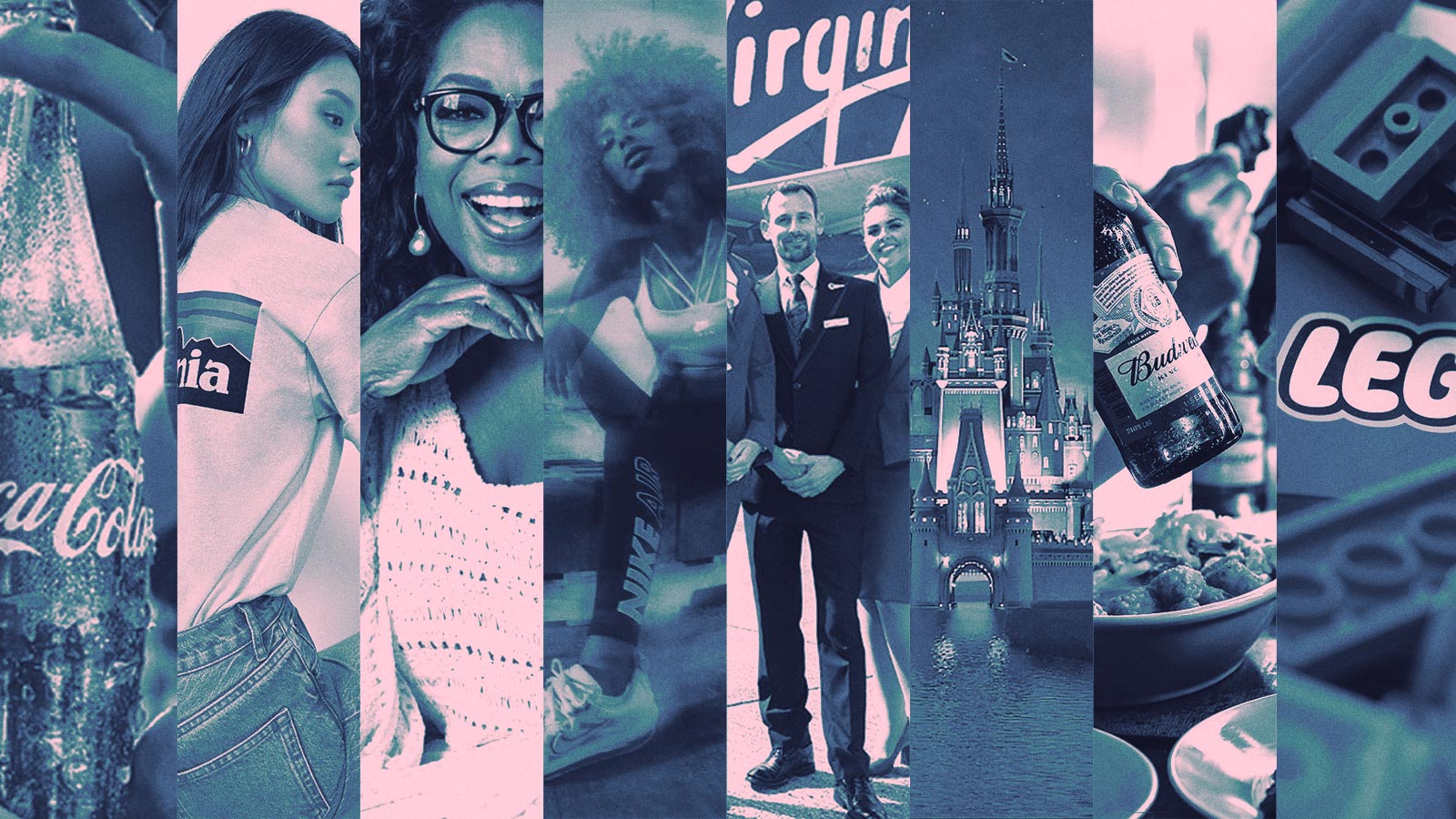Stories have long been powerful grounds for human connection. They help us build empathy to understand each other and the world around us at a deeper level. Stories sync the human experience across all different types of people, from all different backgrounds.
And all stories are fueled by great characters – archetypes that are echoed and etched in the minds of societies. These icons show us best practices for how to live in the world today.
Carl Jung, the founding father of analytic psychology, developed the philosophy of archetypes in 1947. He believed that archetypes were a universal language innate in every human being that live in our collective unconscious.
Twelve basic archetypes represent fundamental human desires and evoke deep emotions – each symbolizing a basic human need, aspiration or motivation.
These archetypes are found everywhere: literature, film, TV, theatre, music, mythology, religion, political and celebrity personas.
Archetypes are the cornerstone of successful brands.
They help define a brand’s role in the marketplace and in lives of consumers, cultivating brand loyalty with stories born from human character.
Archetypes also help build brands with clarity and cohesiveness. A cohesive story creates a “stickiness” in the minds of consumers; content and experiences that are both memorable and trusted. The archetype is the neck that turns the head for all branded content from visual identity to messaging.
The world’s most iconic brands are rooted in archetype.
- The Innocent: Coca Cola (life’s simple pleasures)
- The Explorer: Patagonia (don’t fence me in)
- The Sage: Oprah Winfrey (the truth will set you free)
- The Hero: Nike (where there is a will, there is a way)
- The Maverick: Virgin (rules are meant to be broken)
- The Magician: Disney (it can happen)
- The Everyman: Budweiser (we are all created equal)
- The Lover: Chanel (I only have eyes for you)
- The Entertainer: M&M (life is a laugh)
- The Caregiver: Johnson & Johnson (love your neighbor as yourself)
- The Creator: Lego (if it can be imagined, it can be created)
- The Ruler: American Express (power is everything)
How to create relevant brand archetypes today:
The 12 basic archetypes are timeless, but it is important to balance creative complexity of character with consistency. It is the ultimate challenge when creating brand archetype as humans love familiarity, yet dislike redundancy. A good example of unearthing depth in character is The Joker; he is not a single note villain – he beautifully captures the complexity of mental illness in today’s world while successfully materializing as The Maverick.
Additionally, consumer expectation of brands has evolved. They expect and want more from brands than ever before … seeking brands that align to their morals and values.
That said, it is critical to delve into archetype considering the following:
- Challenge depth of character while maintaining consistency (consumers want familiarity and profundity).
- Push for progress and responsibility to culture at large (consumers want to support brands that are not only serving them – but also serving society in some capacity).
- Allow consumer co-creation where possible or applicable (more and more consumers define their own aspirations; they don’t look to brand for this. Brands need to help people get them where they want to be – e.g., WAZE).

